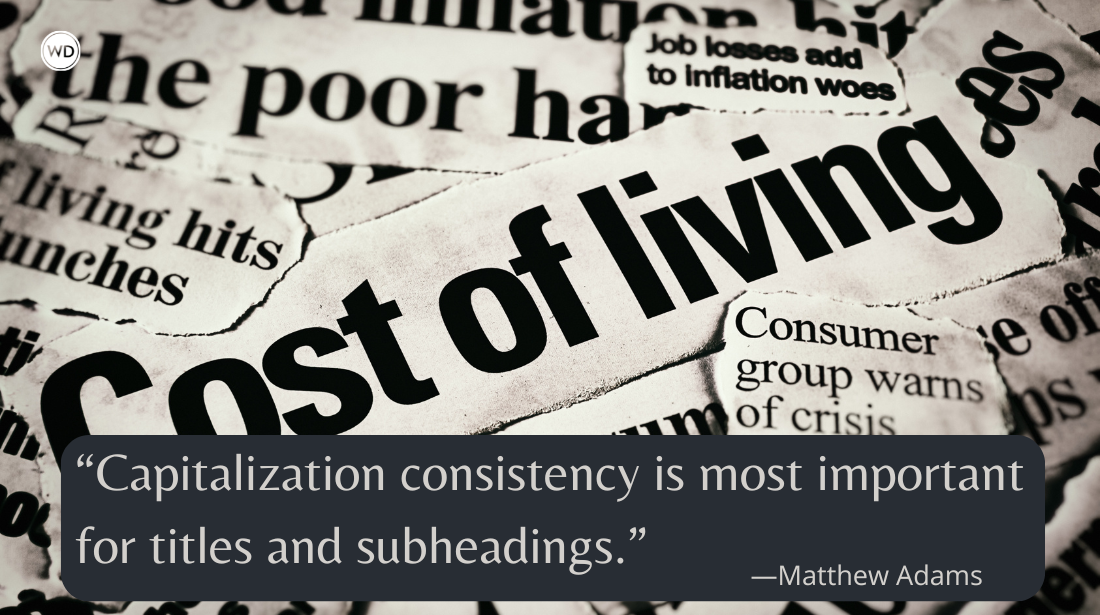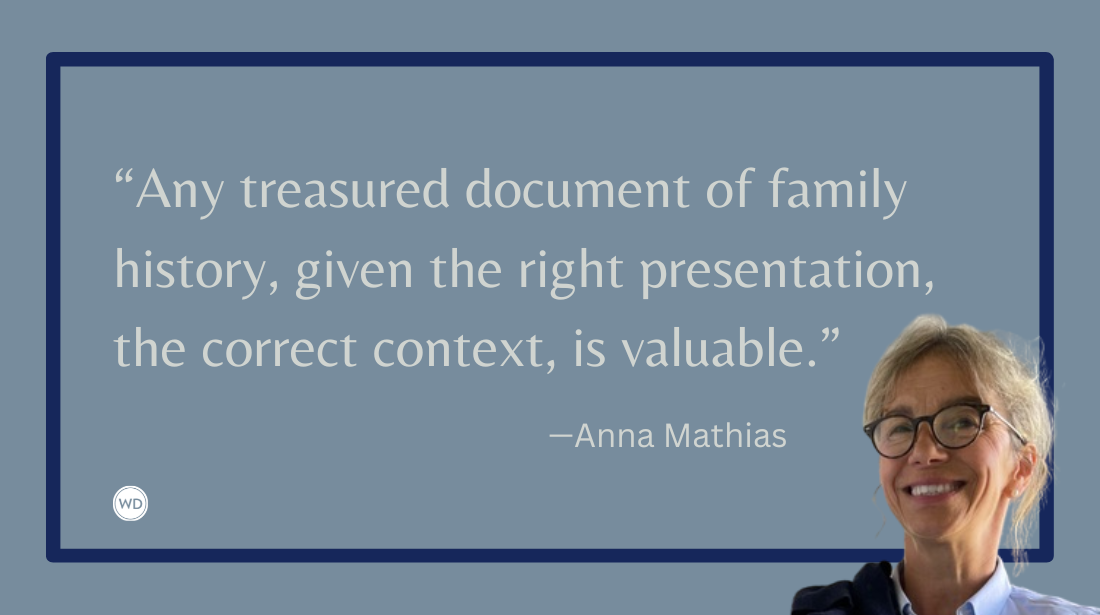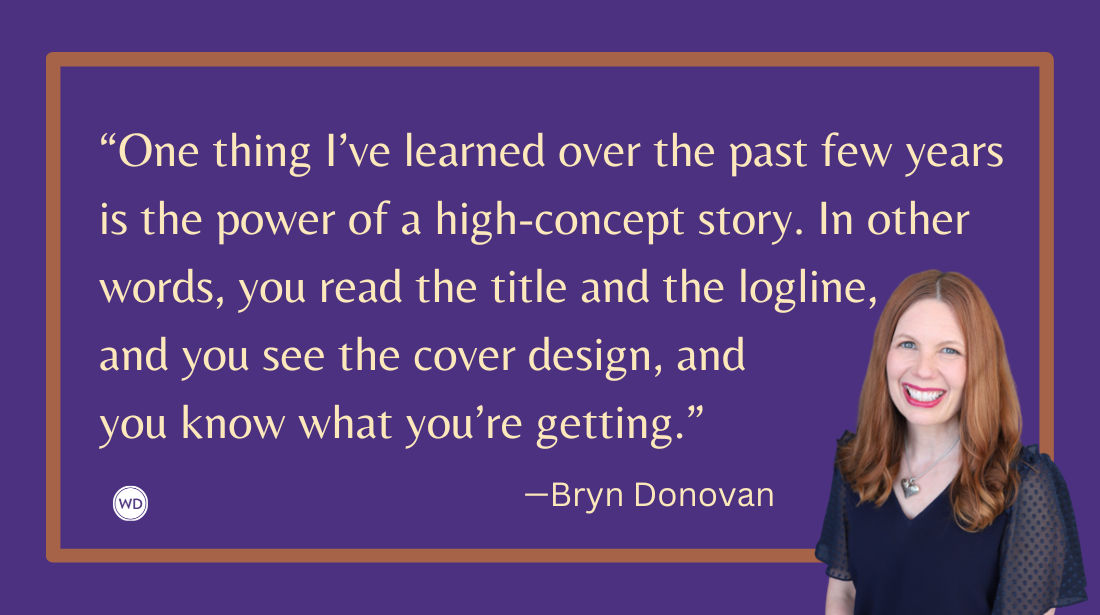Semantics vs. Syntax vs. Pragmatics (Grammar Rules)
Learn the differences between semantics vs. syntax vs. pragmatics with Grammar Rules from the Writer’s Digest editors, including a few examples of correct usages.
Today we're going to wade a little deeper into the language pool than usual, but I promise our feet will still be touching the bottom. People who dive deep into syntax, semantics, and pragmatics will probably find this material shallow. That's okay, because we're just splashing around the basic definitions and a few examples for clarity.
That opening paragraph could make for a fun study in all three: Syntax, semantics, and pragmatics. So let's get started by defining each term and looking at examples.
Syntax vs. Semantics vs. Pragmatics
Syntax is the study of sentence structure and the rules of grammar. While people can do what they want with language (and many often do), syntax helps common users of a language understand how to organize words so that they make the most sense.
Let's start with this sentence: "The through pasture the chased a dog rabbit."
Using normal rules of syntax, our first example sentence means nothing. But rearrange those exact words in a new order and they make perfect syntactical sense: "The dog chased a rabbit through the pasture."
Semantics, on the other hand, is the study of the meaning of sentences.
For instance, there's a world of difference in these two sentences: "I robbed a bank;" and, "A bank robbed me." In the former, I took money from a bank against their will. In the latter, they took money from me.
Also, if we rearrange our first example to read, "A rabbit chased the dog through the pasture," it might make sense as far as syntax but seem a little odd when considering semantics. That's because rabbits don't usually chase dogs.
Another example: "The squirrel sang bumper cars."
On a pure syntax level, this sentence "makes sense" with a noun-verb-noun structure, right? It's only when you bring in semantics that you think, how the heck does a squirrel sing bumper cars?
Pragmatics takes semantics one step further, because it's the study of the meaning of sentences within a certain context.
If we jump back over to the example of a rabbit chasing a dog, we can look at the oddity of that statement and square it with reality when we learn more about the dog's long history of being a scaredy cat.
Also, consider the declarative sentence, "Break it down."
The meaning of this sentence changes dramatically with context. If you're at the end of a large gathering and someone tells you to "break it down," they may mean for you to help put away folding chairs and folding tables. On a dance floor, a person would logically hear "break it down" as a call to show off some super sweet dance moves. In a business presentation, "break it down" may be a call for you to share your great business-related concept.
Of course, a person may interpret "break it down" as literally knocking over a tower of building blocks. Or even bringing down a building (or other large structure) if they work in construction.
Final Word on Meaning
Syntax is what we use to do our best to communicate on the most basic level. Semantics helps us determine if there's any meaning to be found. Pragmatics enables us to apply the correct meaning to the correct situation.
*****
Do you remember the difference between the 8 parts of speech and how to use them? Are you comfortable with punctuation and mechanics? No matter what type of writing you do, mastering the fundamentals of grammar and mechanics is an important first step to having a successful writing career.









